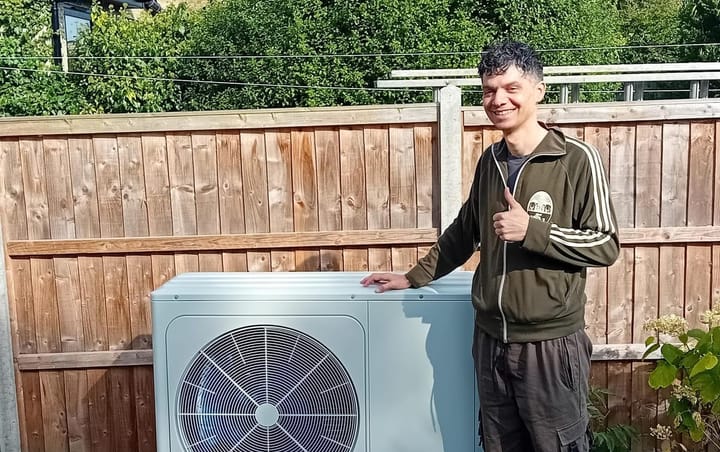After the flood - artists at Creekside, Deptford mop up
Artists' studios have been flooded, yet again. The water level of the creek is rising. People who live and work near the water see the fingerprints of climate change.

"It was a shocking wake-up call." Victoria Rance had been renting her studio at Art in Perpetuity Trust (APT), Creekside for more than a decade when the floods first hit.
"Water started coming in at high tides .. through the wall, through the floor and flooding the whole space," Rance says. The water would gradually go down, through the floor. Flooding started in 2009, twice a day, following the patterns of the tide in nearby Deptford Creek.
Rance is an award-winning artist, working mainly in sculpture. She uses photography, film and animation, recording how viewers interact with her sculptures.
The flooding carried on in 2010, with three studios regularly flooding and unusable for months at a time.
After excavations and surveys, APT studios gave up trying to stop the water getting in. They installed several pumps instead, in two pits outside the studios. The pumps siphoned water out from the pits and into the main sewers twice a day, at high tide.
They added a backup system that would kick-in if the electricity failed, with an alarm to alert one of the artists.
Rance's studio became usable again, although with a background level of damp which affected her health. "It affected my joints, I ran a dehumidifier all the time," she says.
The fix more or less worked, until a unlucky chain of events in April 2024. There was strong rain combined with high tides, the electricity for the pumps was out, the backup system failed to kick-in, the alarm did not go off.
The flooding returned, followed by damage, disruption and upheaval. Nearly a year later, renovation work has been completed - resin cladding on the walls, new and improved pumps and work on the drains outside - and Rance is moving back into her studio. The artists wonder how long the measures will last this time.
Rising water levels - "high tide has gone up by two bricks worth"
Rance says the combination of high tides and rain has always been the flashpoint for flooding, but adds that in the 30 years she's been based at the studio, she and her fellow artists have seen the evidence of rising water levels in the creek.
"The high tide mark (on the creek wall) has gone up by two bricks worth .. around 10 cm." She adds that people who live on the creek are worried.
"They're saying, if there were a storm surge, high tides and wind, the Thames Barrier could fail .. We are dependent on the Thames Barrier."

Sea level rise is accelerating in a warming world
Sea levels around the world are rising due to climate change. The rise is caused by warming oceans - "thermal expansion" - and melting glaciers and ice sheets.
The rise is accelerating, and estimates of how much sea levels will rise by 2050 or 2100 are being revised upwards. In the UK, the "north-south tilt" means that the south-east coast is seeing the greatest sea level rise.
The warming climate also makes extreme weather events, such as violent storms and intense rainfall, more likely.
The Environment Agency updated its flooding risk report in December, increasing the number of properties at the highest risk of flooding from rivers and the sea. It notes that with climate change, the number of properties at risk will go up further.
Flood defences
London is built on a flood plain and has suffered from flooding since it was founded by the Romans. Flood walls were built along the Thames and its tributaries such as the creek, and have been gradually raised over centuries. The Environment Agency has plans to raise them further.
The Thames Barrier was built to protect London, following the devastating North Sea floods of 1953. The floods caused widespread destruction and more than 300 deaths in the UK, with even more catastrophic impacts in the Netherlands.
The barrier started operating in 1982. Its massive steel gates are closed when the the tide, the tidal surge and the flow down river towards the barrier combine to create a high risk of flooding in London.
It was originally designed to last until 2030, but the Environment Agency now plan to keep it going another 40 years, to 2070.
Questions are being asked about whether the Thames Barrier will cope with the impacts of climate change - the rise in sea levels and increase in extreme weather are creating very different conditions from those the engineers expected, when it was designed in the 1960s-70s.
"We knew. People were talking about sea level rise," says Rance. "But it was a shock, because it was affecting us directly."
Salamander News will investigate what measures Lewisham and Greenwich councils are taking to protect local people from flooding and what this means for new developments.




